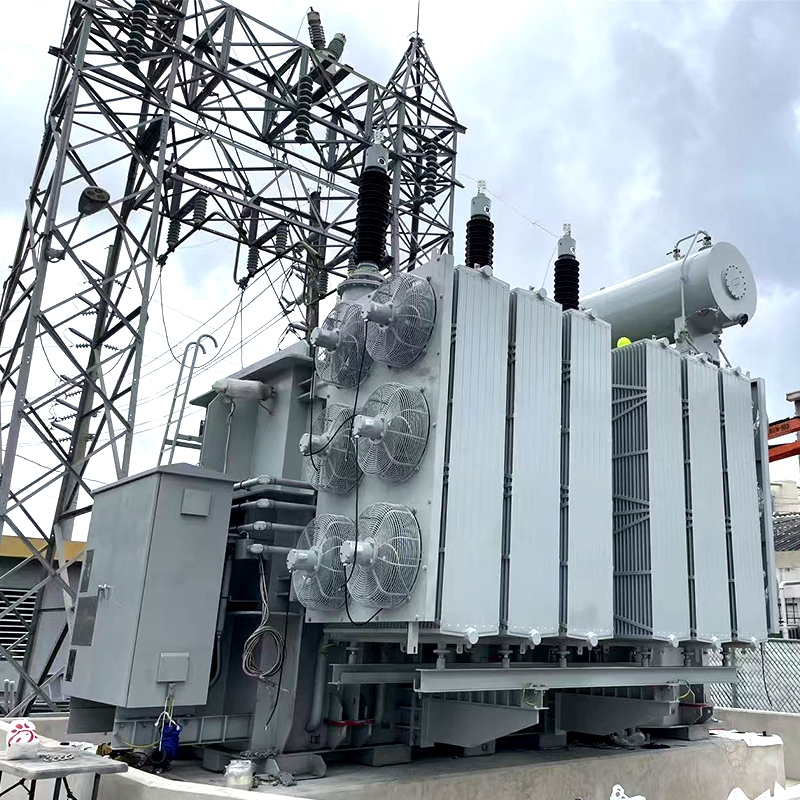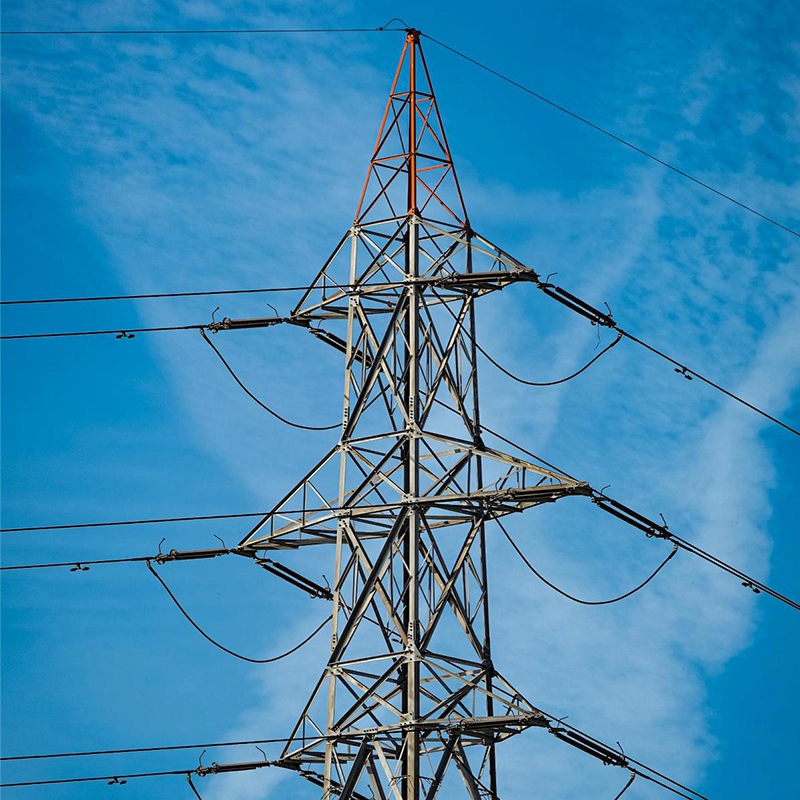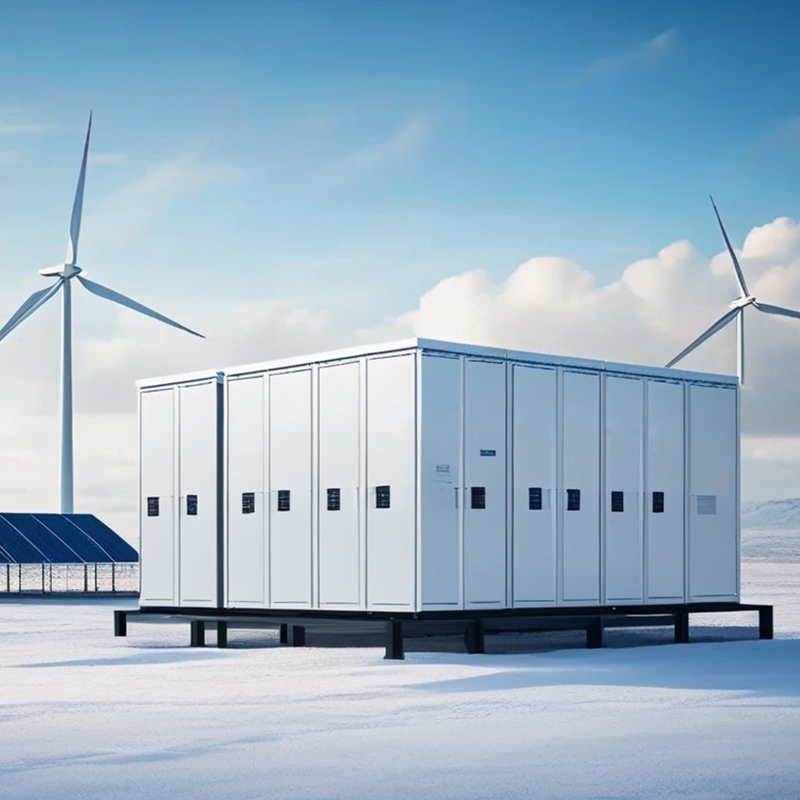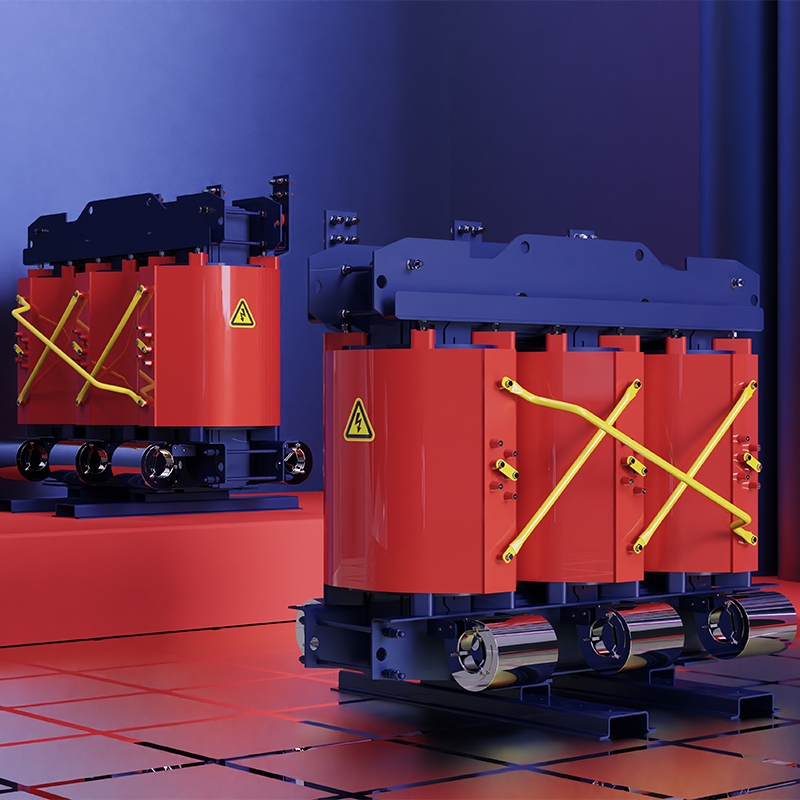Transformer 20 basic common sense you know how much?
Transformers are divided into: distribution transformer, Power Transformer, fully sealed transformer, combined transformer, dry transformer, oil-immersed transformer, single-phase transformer, furnace transformer, rectifier transformer, reactor, anti-interference transformer, lightning protection transformer, box type transformer test transformer, Angle transformer, high current transformer, excitation transformer, etc.
Transformer components are mainly composed of iron core, coil, in addition to the fuel tank, oil pillow, insulation sleeve and tap start.
The transformer can not only raise the voltage to send the power to the power area, but also reduce the voltage to all levels of use voltage to meet the needs of electricity. In short, the voltage boost and buck must be completed by the transformer.
When the volume of transformer oil expands or shrinks with the change of oil temperature, the oil pillow plays the role of oil storage and oil supplement, which can ensure that the tank is filled with oil, and because the oil pillow is installed, the contact surface between the transformer and the air is reduced, and the deterioration rate of the oil is slowed down. The side of the pillow is also equipped with an oil level gauge, which can monitor the change of the oil level. There are three main forms: corrugated, capsule and diaphragm.
Due to the temperature difference between the upper oil temperature and the lower oil temperature, the oil circulates in the oil purifier. Harmful substances in the oil, such as water, free carbon, oxides, etc. are absorbed by the silicone in the oil purifier with the circulation of the oil, so that the oil is purified and maintains good electrical and chemical properties, and plays a role in the regeneration of transformer oil.
From the working principle of the transformer, it can be seen that the current enters the primary winding and flows out of the secondary winding. The constant change in the direction of the incoming alternating current creates a magnetic field that changes in step with the current. The magnitude and direction of the magnetic field is constantly changing to induce a current in the secondary coil. The voltage on each coil is equal, and the more turns of the secondary coil, the higher the voltage output from the secondary coil.
If the number of turns of the primary coil is more than the secondary coil, the voltage on the secondary coil will be reduced, which is a step-down transformer; Conversely, if the number of turns of the primary coil is less than the secondary coil, the voltage on the secondary coil will increase, which is the booster transformer.
The autotransformer has only one set of coils, the secondary coil is tapped from the primary coil, its power transfer, in addition to the electromagnetic induction transfer, and the transmission of electricity, this transformer silicon steel sheet and copper wire number is less than the general transformer, commonly used to regulate the voltage.
The voltage change rate of the voltage regulator is one of the main performance indexes of the transformer. When the transformer supplies power to the load, the voltage at the load end of the transformer will inevitably drop, and the dropped voltage value is compared with the rated voltage value, which is a percentage of the voltage change rate. It can be expressed by the formula: voltage change rate = [(secondary rated voltage - load terminal voltage)/ secondary rated voltage] ×100%. The usual power transformer, when connected to the rated load, the voltage change rate is 4 ~ 6%.
When the transformer is in normal operation, the load rate of the daily load curve is mostly less than 1. According to the principle of equivalent aging, the specified service life of the transformer can still be obtained as long as the life of the transformer with more loss during the overload period and less loss during the underload period can compensate each other. The normal overload capacity of the transformer is formulated on the principle of not sacrificing the normal life.
In the entire time interval, as long as the transformer insulation aging rate is less than or equal to 1, and meet the following conditions: 1, during the overload period, the winding most hot spot temperature shall not exceed 140 ° C, the upper oil temperature shall not exceed 95 ° C; 2, the maximum overload of the transformer shall not exceed 50% of the rated load;
Too high or too low voltage will affect the normal operation and service life of the transformer, so it is necessary to adjust the voltage.
Small transformers refer to single-phase transformers with a capacity of less than 1 kVA, mostly used as power transformers for electrical equipment control, power transformers for electronic equipment and power transformers for safety lighting.
1. Iron damage caused by the iron core. When the coil is energized, the magnetic field line is alternating, causing eddy current and hysteresis loss in the core.
2, copper loss caused by the resistance of the coil itself. Loss of electrical energy when current passes through the primary and secondary coils of a transformer.
How to choose a transformer
1, clear purpose. Whether it is used to increase or decrease pressure; 2, clear the number of power phase. Single phase or three phase; 3, clear use and environment. Select the cooling mode of the transformer; 4, according to the actual use and budget to decide the material of the coil (copper wire/aluminum wire); 5, according to the rated parameters of the transformer selection. Including rated voltage, rated current, rated capacity.
When a power transformer is in normal operation, the core must have a little reliable ground. If there is no grounding, the suspension voltage of the iron core to the ground will cause the intermittent breakdown and discharge of the iron core to the ground, and the possibility of forming the suspension potential of the iron core is eliminated after the iron core is grounded at one point.
However, when the core is grounded at more than two points, the uneven potential between the core will form a circulation between the ground points, and cause the core multi-point grounding heating fault. Transformer core grounding fault will cause local overheating of the core, in serious cases, local temperature rise of the core increases, light gas action, and even cause heavy gas action and tripping accidents.




